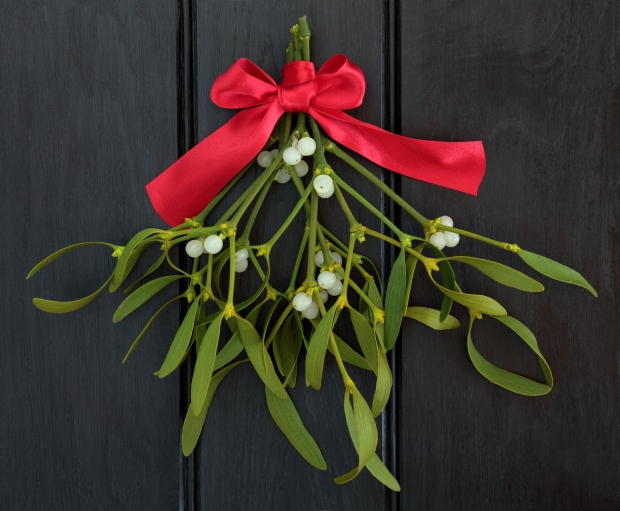Holly

These days, holly is closely associated with the Christmas holiday. Its red and green color scheme suits the holiday perfectly, but some Christians also associate holly with Jesus Christ. The pointed leaves of the holly plant represent the crown of thorns that Jesus wore prior to being crucified, while the red of the berries symbolize the blood of Christ. Some also say that the cross itself was constructed from holly wood.
The symbolism associated with holly goes back much farther than that, though, and it’s easy to understand why. In the depths of winter while most plants die off, this evergreen plant retains its bright, strong appearance. Because of this, holly was considered a sacred plant by ancient Celtic cultures. Holly represented fertility, eternal life, and good luck. In the Druid tradition, it was also said that cutting down a holly tree would bring bad luck.
In ancient Rome, holly was said to defend a home from lightning and witches. Holly plants were considered symbols of Saturn, and homes were decorated with wreaths containing holly during the mid-December holiday of Saturnalia. This holiday celebrated the harvest and fertility, and many of the traditions we now associate with Christmas, such as singing and gift-giving, came from the celebration of Saturnalia.
Poinsettia

Poinsettias are the most popular Christmas plant, other than Christmas trees themselves. These brightly colored plants are native to Mexico, and one of the popular legends about poinsettias originates from that country as well. It is said that a young girl named Pepita and her brother were headed to a Christmas Eve service, but Pepita was sad because she had nothing to bring as an offering. Her brother encouraged her by saying that even a humble gift would be appreciated, so she picked some weeds and created a small bouquet.
When she placed the flowers in front of the nativity scene in the church, the weeds changed before her eyes into a bouquet of beautiful, bright-red flowers. Those who witnessed the transformation knew that they had seen a miracle.
Poinsettias are also associated with Christian symbolism. Red leaves correspond to the blood of Jesus Christ, while white leaves symbolize purity. The shape of the leaves is also said to be similar to the Star of Bethlehem from the story of Christ’s birth.

